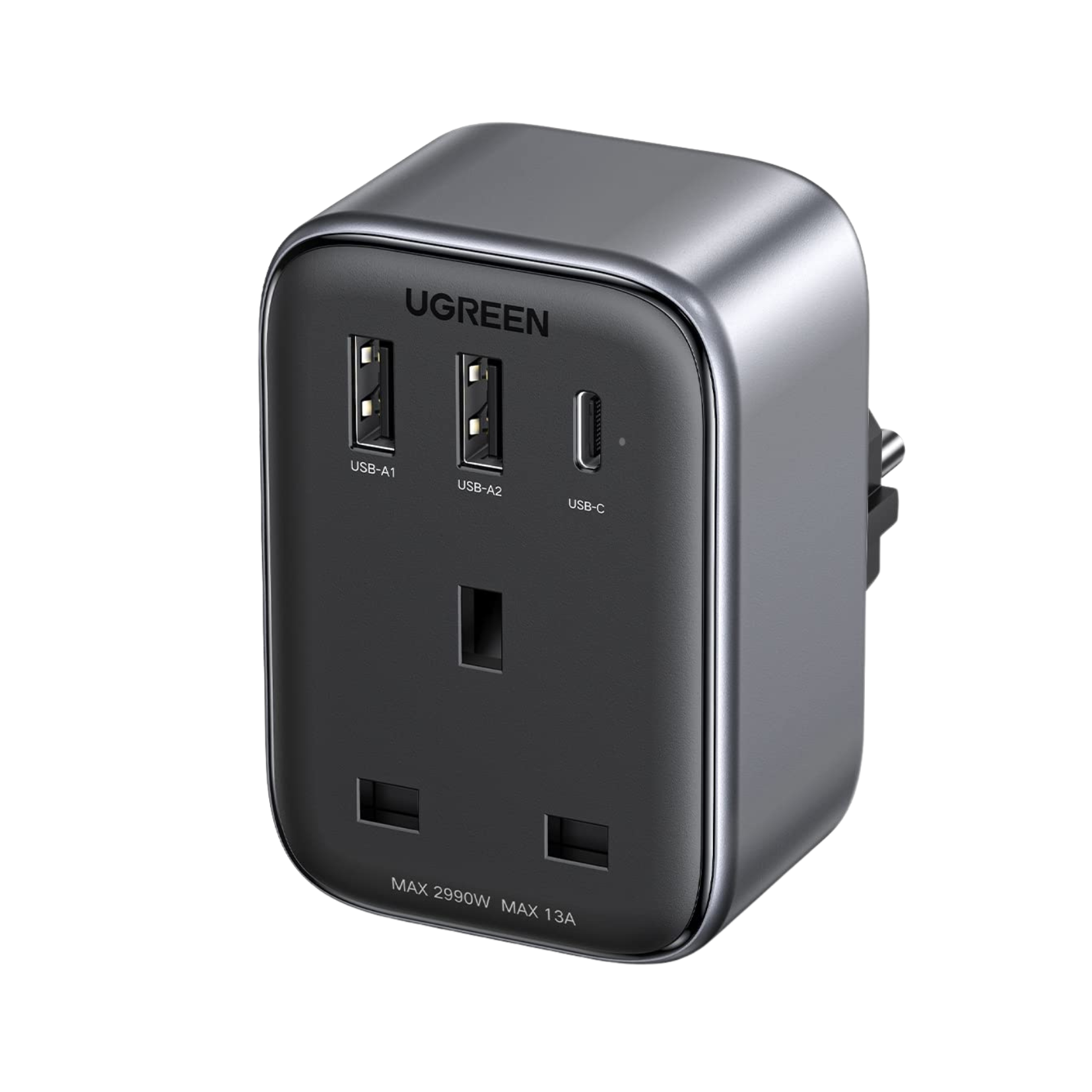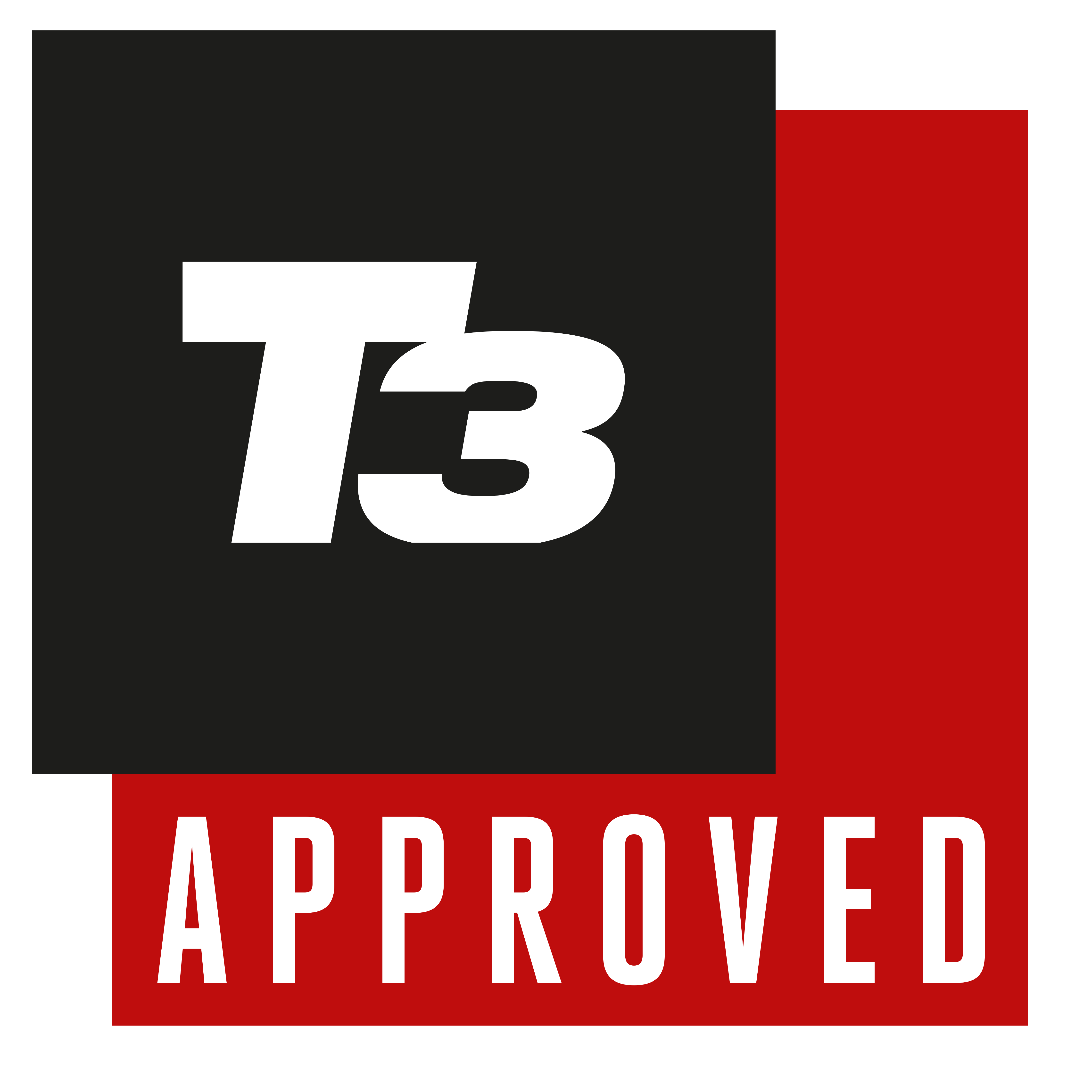Best travel adaptor 2025: power up abroad
Forget spending a small fortune on a single adaptor at the airport


If you're planning a trip abroad, you need a solid travel adaptor – and maybe one of the best power banks too – to keep all your gadgets fully charged whilst you’re away.
Travel used to be about postcards, journals and “finding yourself,” but can you really relax abroad without knowing your tech is ready to go? Making sure everything stays powered is non-negotiable, which also means a universal travel adaptor is an absolute must-have.
Don’t be that person at the airport paying way too much for a basic, uninspired adaptor – sort it before you leave with a worldwide version that has you covered in every country. That's why the Epicka TA-105 Max is our current top pick, but there are still a number of choices below worth your attention.
Check out our guide below for how to choose the best travel adaptor and see our top selections to make sure you’re never caught powerless abroad.
We’ve updated this guide to include some newly reviewed products and removed a few gadgets that have since been discontinued. We’re also in the process of testing more travel adapters, which will be added in due course.
The top three

The best overall travel adaptor
The Epicka TA-105 Max is a compact and reliable travel adaptor that makes charging multiple devices abroad a breeze. With fast charging, global compatibility and a handy carry case, it’s no wonder this has become our top choice.

The best premium travel adaptor
There are a couple of reasons why this universal adaptor from OneAdaptr stands out, especially if you've got multiple devices and need a reliable, compact charging solution. It's a little more premium than other options on this list, but we think it's worth it.

The best affordable travel adaptor
The UGREEN Travel Plug Adapter is a versatile and compact solution for keeping all your devices charged across multiple countries. With its universal compatibility and built-in safety features, it’s also incredibly affordable.
Best travel adapters ranking 2025
The best overall travel adaptor


Specifications
Reasons to buy
Reasons to avoid
If you're a frequent traveller juggling multiple devices, the Epicka TA-105 Max is a no-brainer. This compact adapter offers worldwide compatibility (excluding Type D and M), allowing you to charge up to six devices simultaneously with fast charging capabilities. Its sturdy build and thoughtful design, including a premium carry case and safety features like an 8A fuse and safety shutters, make it a reliable companion on your journeys.
Whilst it doesn't support Type D or M plugs and can't convert voltage, it's a solid choice for most global destinations.
The best premium travel adaptor


Specifications
Reasons to buy
Reasons to avoid
The OneAdaptr OneWorld135 is also a great choice, especially if you're looking for something a little more premium. Offering compatibility in over 200 countries and the ability to charge up to five devices simultaneously, it's particularly great for those of us with lots of gadgets. Its two 100W USB-C ports also means it's capable of charging two MacBook Pros at full speed simultaneously, thanks to its advanced GaN technology.
However, it's worth noting that the OneWorld135 lacks a grounding pin, which may be a consideration for devices that require grounding. However, the OneWorld135 still offers impressive power and versatility, making it ideal for those seeking a reliable travel adaptor.
The best affordable travel adaptor


3. UGREEN Travel Plug Adapter
Specifications
Reasons to buy
Reasons to avoid
If you're looking for something affordable that does the job, the UGREEN Travel Plug Adapter is for you. It comes with interchangeable plug heads compatible with US, UK and EU sockets, and features two USB-A ports and one USB-C port, allowing for simultaneous charging of multiple devices. It also features GaN technology to enable rapid charging, which is pretty impressive for such a budget gadget.
That said, it's a shame it doesn't have two USB-C ports and its 30W power outage isn't as high as other options. It also doesn't have foldable prongs or a carry case to make it easier to travel with, but for the price, you can hardly complain.
The best versatile travel adaptor


4. Ceptics World Travel Adapter Kit
Specifications
Reasons to buy
Reasons to avoid
The Ceptics World Travel Adapter Kit is perfect for frequent travellers, especially those constantly hopping between countries. With two USA outlets on the front, it’s ideal for users in the US, though the two USB-A slots and built-in USB-C cable make it versatile enough for everyone.
It’s incredibly lightweight and comes with a handy travel pouch. Just like the Epicka TA-105 Max, the main limitation is that it only works with dual-voltage products, which makes it perfect for phones and laptops but incompatible with 110V items like hair dryers, clippers or straighteners. It also doesn't include an adaptor plug for South Africa, which is something worth noting before you buy too.
The best powerful travel adaptor

5. VisaPro All-in-One Travel Adapter
Specifications
Reasons to buy
Reasons to avoid
The VisaPro All-in-One Travel Adapter delivers up to 170 watts of power, which is one of the most powerful options in this list. It works with outlets in the US, UK and EU thanks to sliding plugs that click securely into place, and the US prongs can be rotated to cover over 200 countries.
There are four ports in total, including two USB-C ports rated at 140 watts, plus a third USB-C and one USB-A port rated at 18 watts. There’s no grounding pin, but it can happily charge four devices at the same time, which is a huge plus.
How to choose the best travel adaptor
Check compatibility and plug types
The first thing to consider is where you’re going. Different countries use different plug types, so a universal travel adaptor that covers multiple regions – like US, UK, EU and AU plugs – is usually the safest bet. If you travel to multiple continents, look for adaptors with rotating or interchangeable plugs to avoid juggling several adapters at once.
Consider power needs and device compatibility
Not all adapters are created equal when it comes to power. Check the maximum wattage and whether it supports fast charging or Power Delivery (PD) for laptops and smartphones. If you plan to charge multiple devices at once, look for adaptors with multiple USB-C or USB-A ports. Keep in mind that some adapters only work with dual-voltage devices, so high-wattage appliances like the best hair dryers or best straighteners may need a separate solution.
Think about safety and portability
Travel adapters should be both safe and convenient. Look for features like built-in fuses, surge protection and safety shutters to protect your devices. Weight and size matter too, especially if you’re packing light. Many adaptors come with travel pouches or compact designs that fit easily in your luggage.
How we test the best travel adaptors
When testing travel adaptors, we don’t just plug them in and hope for the best – they come everywhere with us. That means charging everything from laptops and phones to cameras, headphones, and even electric toothbrushes to see how they handle multiple devices at once.
We check how easy they are to pack, how secure the plugs feel in different socket types, and whether they get worryingly warm after a few hours of use. Safety features like surge protection and built-in fuses get extra points, as does fast charging support for modern USB-C gadgets.
We always note the small details that make a difference when on the road, especially if the design feels sturdy, and how easy it is to keep track of the attachments when you’re living out of a suitcase.
Best Travel Adaptor FAQs
What do the letters mean when it comes to different plug types?
Different countries use different plug types, labeled A to N, each with its own shape and configuration. Types A and B are common in North and Central America and Japan, whilst Type C – with its two round pins is the most widespread globally, used across Europe, South America and Asia. Type D appears mainly in India and parts of Africa, and Types E and F dominate mainland Europe. The UK-style Type G plug, with its three rectangular pins and built-in fuse, is standard in Britain, Ireland, Hong Kong, Malaysia and Singapore.
Type H is unique to Israel, and Type I (angled flat pins) is used in Australia, New Zealand, China and Argentina. Type J serves Switzerland and Liechtenstein, whilst Type K is common in Denmark and Greenland. Type L, used in Italy, features three inline pins, and Type M, found in South Africa, looks like a larger version of Type D.
Finally, Type N, used in Brazil and parts of South Africa, has three compact round pins and is compatible with newer Type C plugs.
Do I need a voltage converter as well as a travel adaptor?
Not always! A travel adaptor simply lets your plug fit into a foreign socket – it doesn’t change the voltage. Many modern devices like phones, laptops and cameras are dual voltage (100–240V), meaning they’ll work anywhere with just an adapter.
However, high-powered items such as hair dryers, curling irons or electric shavers might not be dual voltage. In that case, you’ll need a voltage converter to avoid damaging them.
Are universal adaptors safe to use?
Generally, yes – especially from reputable brands with built-in safety features like surge protection, fuses and safety shutters. It’s worth spending a little extra for one that’s well-reviewed and certified for international use, which you can count on with each of the models available in this list.
Avoid super-cheap models without clear safety markings, as they may overheat or short out. A good universal adapter should feel sturdy, fit snugly in outlets, and have a fuse you can easily replace if needed.
Reviewer Panel

Lizzie has been covering travel for T3 for nearly three years and has become one of the go-to experts on travel adaptors. She’s tested a huge range of models firsthand, including the top picks featured in this list. As someone who’s constantly on the move for work, Lizzie knows exactly what makes a great adaptor – because she’s relied on them all over the world.
Travel adapter news and reviews
- Epicka TA-105 Max World Travel Adapter review
- OneAdaptr OneWorld135 review
- Anker's new 5-in-1 travel adapter is now available in more countries
- This must-have travel gadget means you’ll never bring the wrong adapter on holiday again
More travel gadgets
- Here are 5 tech essentials I never leave at home
- Must-have travel gadgets, including headphones, power banks and sleep masks
- My essential in-flight gadget just hit its lowest-ever price
- I commute to work – here are 7 essentials that make the journey easier
- Two weeks into using this premium travel gadget, I still don't get it
- The 7 luxury travel essentials I won't leave home without – and why you shouldn't either
- I just found a new travel gadget and already can't live without it
Get all the latest news, reviews, deals and buying guides on gorgeous tech, home and active products from the T3 experts

Lizzie is T3's Home Living Staff Writer, covering the latest in smart home, lifestyle and beauty tech. From skincare gadgets to vacuum cleaners, she's your go-to for trends and top recommendations.
When not writing, Lizzie enjoys mooching around Bath, spending time with loved ones, or testing her review units – often during an enthusiastic cleaning spree!